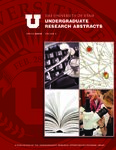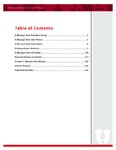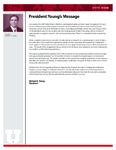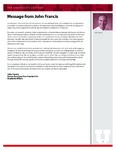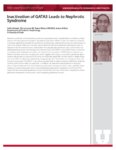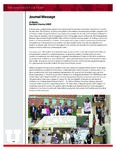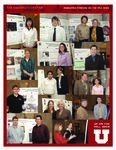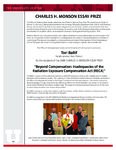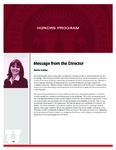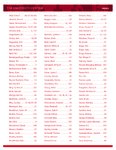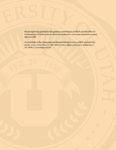| Title |
University of Utah Undergraduate Research Abstracts, Volume 8, Spring 2008 |
| Subject |
University of Utah -- Students -- Periodicals |
| Publisher |
J. Willard Marriott Library, University of Utah |
| Date |
2008 |
| Type |
Text |
| Format |
application/pdf |
| Language |
eng |
| Rights Management |
Digital image © copyright 2009, University of Utah. All rights reserved. |
| Holding Institution |
Office of Undergraduate Studies Sill Center 195 S. Central Campus Dr. Salt Lake City, UT 84112 Office of Undergraduate Studies Sill Center 195 S. Central Campus Dr. Salt Lake City, UT 84112 |
| Source Material |
Bound journal |
| Source Physical Dimensions |
14 cm x 21 cm |
| ARK |
ark:/87278/s6p26z6z |
| Temporal Coverage |
Spring 2008 |
| Setname |
uu_urop |
| ID |
417406 |
| Reference URL |
https://collections.lib.utah.edu/ark:/87278/s6p26z6z |

